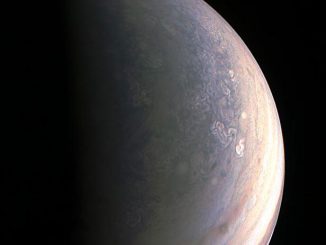
News

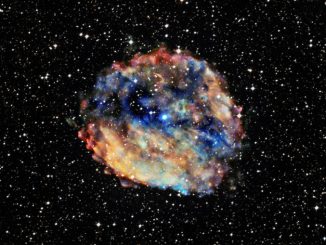
Young magnetar likely slowest pulsar ever detected
Using X-ray observatories, astronomers have found evidence for what is likely one of the most extreme pulsars, or rotating neutron stars, ever detected. The source exhibits properties of a highly magnetised neutron star, or magnetar, yet its deduced spin period of 6⅔ hours is thousands of times longer than any pulsar ever observed.
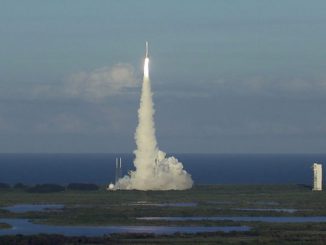

New research reveals hundreds of undiscovered black holes
It is only as recently as 2013 that astrophysicists found individual black holes in globular clusters via rare phenomena in which a companion star donates material to the black hole. New research by the University of Surrey on a globular cluster known as NGC 6101 shows that it could host several hundred black holes — a phenomenon that until recently was thought impossible.

Rare fossil relic of early Milky Way discovered
A fossilised remnant of the early Milky Way harbouring stars of hugely different ages has been revealed by an international team of astronomers. Terzan 5 resembles a globular cluster, but is unlike any other cluster known. It contains stars remarkably similar to the most ancient stars in the Milky Way and bridges the gap in understanding between our galaxy’s past and its present.

Brown dwarfs hiding in plain sight in our solar neighbourhood
Brown dwarfs are sometimes called failed stars as they are too small to sustain the hydrogen fusion process that powers stars. Their temperatures can range from nearly as hot as a star to as cool as a planet and their masses also range between star-like and giant-planet-like. A near-infrared survey has discovered several ultracool brown dwarfs in the Sun’s vicinity.

Earth’s carbon came from ancient collision with Mercury-like planet
How did carbon-based life develop on Earth, given that most of the planet’s carbon should have either boiled away in the planet’s earliest days or become locked in Earth’s core? A new study suggests all of the planet’s life-giving carbon came from a collision with an embryonic planet similar to Mercury approximately 4.4 billion years ago.
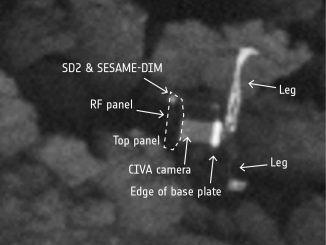
Philae found! Rosetta’s lander wedged in cometary crevice
Less than a month before the end of the mission, Rosetta’s high-resolution camera has revealed the Philae lander wedged into a dark crack on Comet 67P/Churyumov–Gerasimenko. The images were taken on 2 September by the OSIRIS narrow-angle camera as the orbiter came within 2.7 kilometres of the comet’s surface.
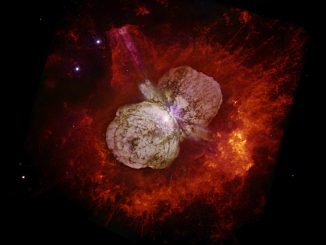
The supernova that wasn’t: a tale of three cosmic eruptions
Combining images taken with the NASA/ESA Hubble Space Telescope over more than 20 years, a team of researchers has discovered that Eta Carinae, a very massive star system that has puzzled astronomers since it erupted in a supernova-like event in the mid-19th century, has a past that’s much more violent than they thought.
